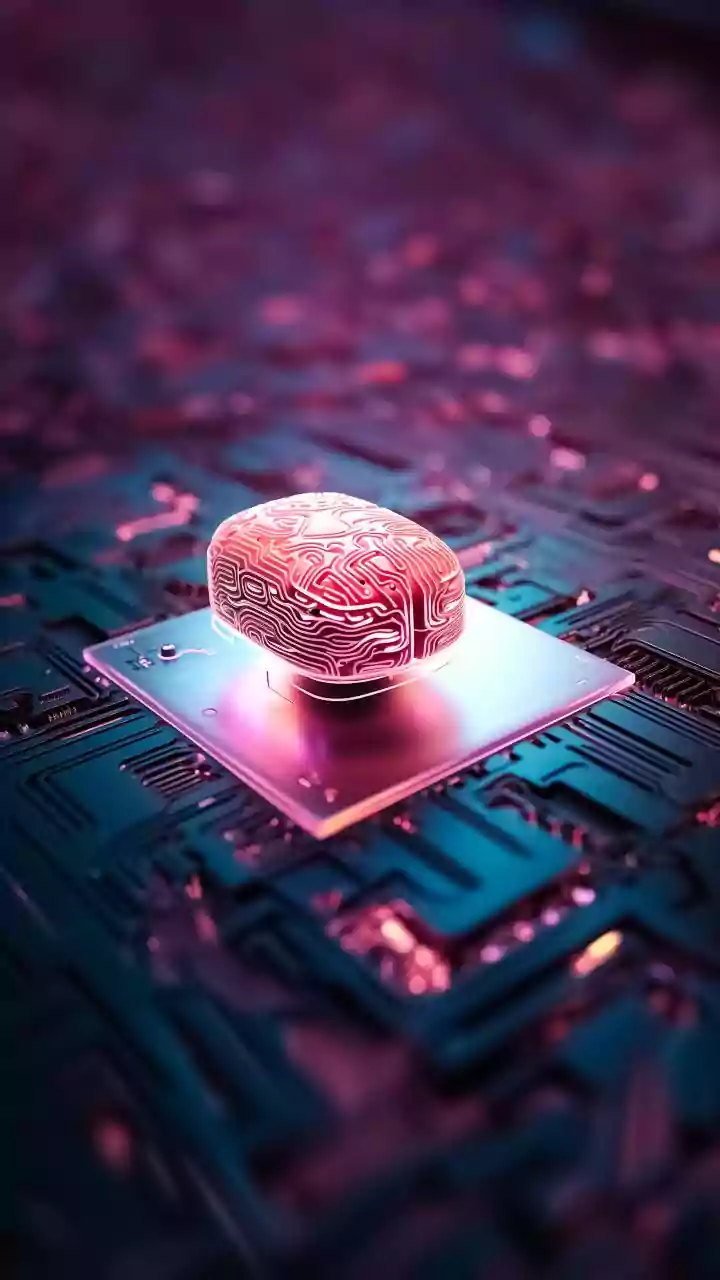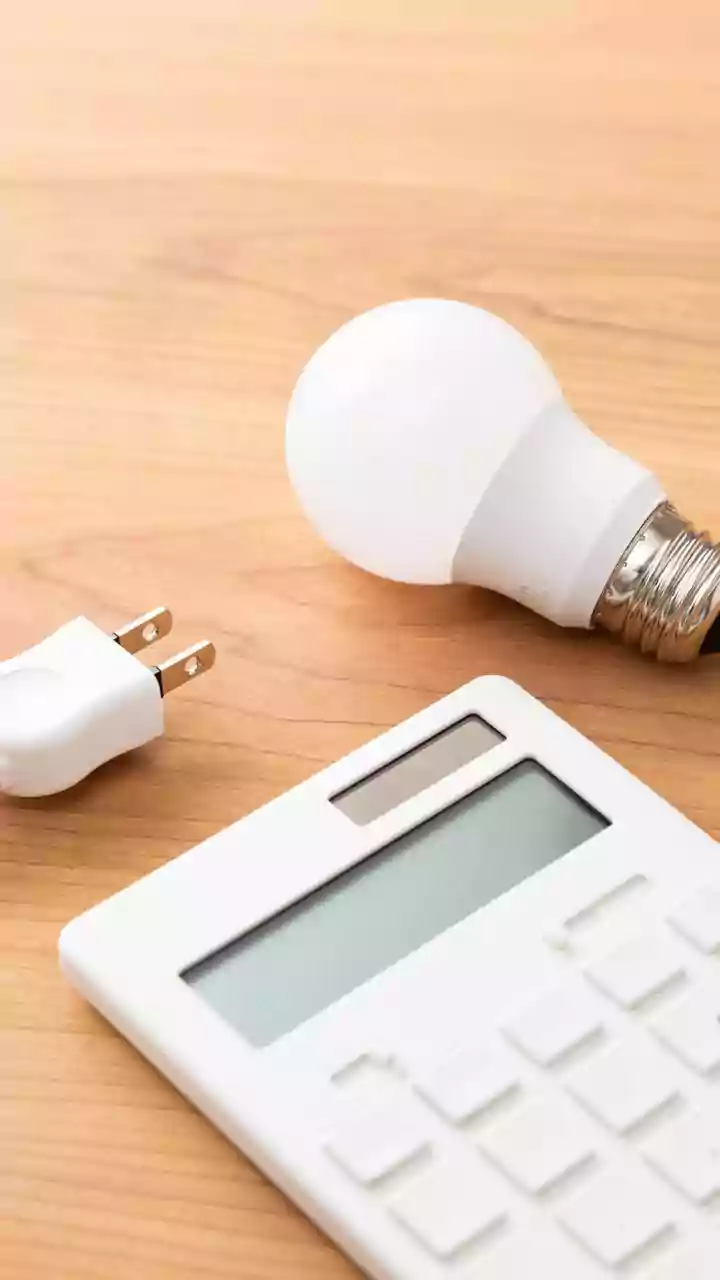The Battery Problem
Sodium-ion batteries represent a compelling prospect for powering our devices and storing energy due to their use of abundant sodium, which is more readily
available than lithium. However, a major issue has hindered their widespread use: voltage decay. This means the battery's voltage drops over time, reducing its performance and lifespan. The inability to maintain a stable voltage has meant that these batteries often underperform compared to lithium-ion batteries. In order to capitalize on the benefits of sodium-ion technology, addressing this problem is essential.
Oxygen's Role Revealed
Scientists have recently made a breakthrough in understanding the voltage loss in sodium-ion batteries. They have identified that oxygen trapping plays a crucial role in causing the problem. Oxygen atoms within the battery's structure are getting trapped, which subsequently affects the chemical reactions, leading to voltage drop. This discovery gives scientists a clear target for improving battery design.
Decoding the Mechanism
The research provides an in-depth explanation of the mechanism behind this oxygen trapping. The researchers carefully studied the interactions between the materials within the battery. They observed that oxygen tends to bind with certain elements in the battery's structure, creating a stable chemical compound and preventing the needed flow of ions. This complex process creates a kind of bottleneck, disrupting the battery's ability to efficiently generate and maintain voltage.
Looking Ahead
The insights from this research offer a roadmap for improving the performance of sodium-ion batteries. The next step involves scientists developing strategies to reduce oxygen trapping. They are exploring various methods to prevent oxygen from becoming trapped. The ultimate goal is to enhance the battery's lifespan and efficiency, making them a viable option for various applications, ranging from consumer electronics to large-scale energy storage.













